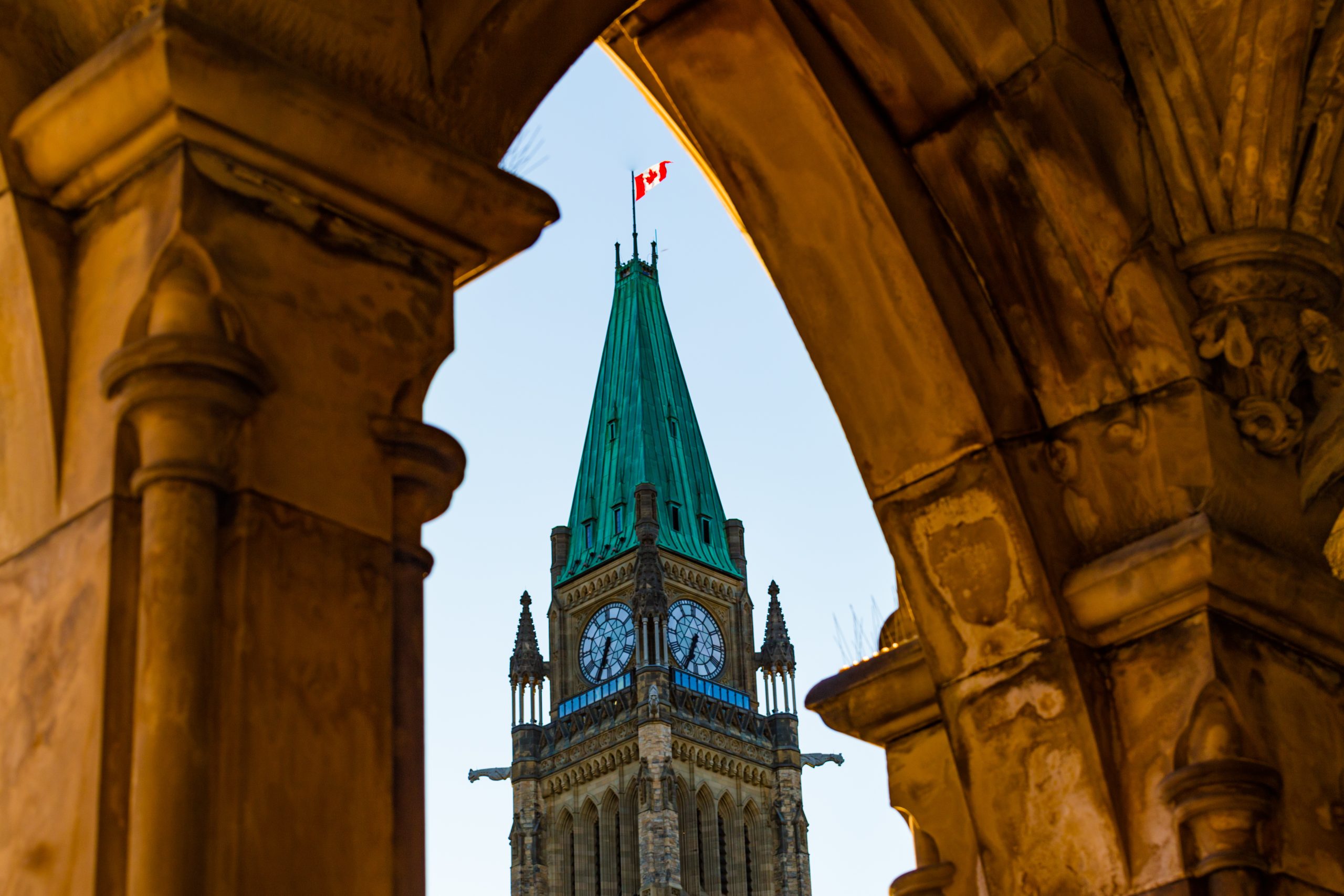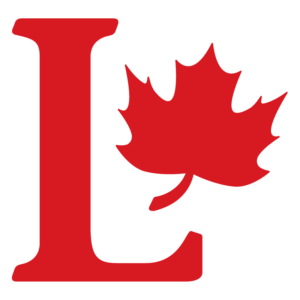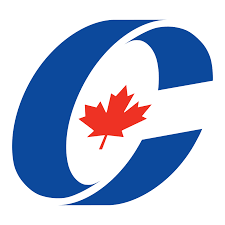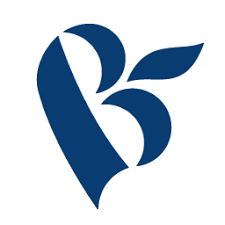Paths to Victory in the 2021 Federal Election
 Good morning! After yesterday’s election kick-off, each major party will be fanning out across the country to start the first full week of campaigning.
Good morning! After yesterday’s election kick-off, each major party will be fanning out across the country to start the first full week of campaigning.
Ultimately, the central election question remains whether the Trudeau Liberals secure a majority government, or if a minority government remains in place. Every majority is hard-won and, while Justin Trudeau is a seasoned campaigner, the opposition leaders will fight riding by riding until election day.
The challenge of the first national “COVID campaign” will no doubt have an impact during the campaign, and the evolving crises in Haiti and Afghanistan add unpredictability into the mix.
For each of the parties, the path to victory looks different. StrategyCorp has summarized the considerations for each party for Day 2 of the campaign.
 Liberal Party of Canada
Liberal Party of Canada
While polls at the opening of the election are in the Liberals’ favour, campaigns matter and anything can happen. The last five federal elections all included shocking surprises or unexpected outcomes, including:
- A 2006 mid-election disclosure by the RCMP of an investigation into the Liberal Finance Minister
- The collapse of Lehman Brothers and start of the global financial crisis during the 2008 election
- Jack Layton’s “Orange Crush” leading the NDP to a second-place finish in 2011
- The Liberal Party’s phoenix-like rise from third place to win a majority government in 2015
The situation is complicated by the Liberals’ relatively narrow path to a majority. Barring a collapse of the Conservatives, many prairie seats are simply not available to the Liberals. There are some opportunities for the Liberals to gain seats in Manitoba and glimmers of hope for them elsewhere. The handful of ridings in Atlantic Canada that are not already Liberal are historic Conservative strongholds. Most NDP seats are in economically stressed communities with scrappy long-time MPs that would require a landslide to displace them. This means if the Liberals can hold their incumbent seats, any majority would be determined in the suburbs and exurbs (wealthy areas outside of cities) of the three largest provinces:
British Columbia
Historically, the Liberals have underperformed in British Columbia, never winning more than a smattering of ridings between Pierre Trudeaumania in 1968 and Justin Trudeaumania in 2015. Regaining 2015’s high water mark requires regaining suburban seats lost to the CPC in the BC Lower Mainland after bleeding Liberal voters to the Greens in 2019. While the recent implosion of the Green Party under Annamie Paul puts these ridings into play, Trudeau could still face a loss of Liberal votes to NDP leader Jagmeet Singh, who represents a BC seat and is particularly popular on the West Coast.
Quebec
Second, the Liberals will need to win francophone seats in suburban and exurban regions surrounding the island of Montreal from the Bloc Quebecois. Nationalist voters there shifted their federal vote preferences from Pierre Trudeau to the Mulroney Conservatives to Duceppe Blocquistes to the Layton New Democrats and now back to the Bloc, with the Liberals winning seats more because of vote splitting by their opponents than their own performance. These Montreal-area seats have never been competitive for the Conservatives since 1988 or the NDP since Layton’s historic 2011 performance. As a result, it makes vote splitting in these ridings less likely. But the current political rapprochement between the Trudeau Liberals and Quebec’s popular nationalist Premier Francois Legault could eat into Bloc support and deliver a breakthrough for the Liberals.
Ontario
In Ontario, the Liberals took almost every seat in the GTA in 2019, so holding these gains will be paramount, but modest improvements in two York Region seats, two Hamilton seats, and Barrie could edge them towards a majority. Two small-town seats just east of the GTA are also targets, including social conservative Derek Sloan’s seat in Hastings – Lennox and Addington as he is now running as an independent after being ejected from the CPC caucus by Erin O’Toole.
The general risk to the Liberals in calling an early election, especially during the summer, is that they need the progressive voting coalition that has won them elections in 2015 and 2019 to stick with the party and not wander away. The goal for them is clearly to win a majority, not another minority. They need a contrast between Trudeau and O’Toole to get occasional voters out to the polls. If they can’t replicate it with contrasting against the Conservatives, they will need to find it elsewhere.
Moves in the last 72 hours to mandatory vaccination for federal workers, and plane and train passengers, may be an attempt to generate some of that tension with an issue of public resonance. It may be an attempt to cause splits within the Conservative team. It may provide emotional motives for voters to line up at polling stations or mail-in a ballot. The risk of course is that it fails, and voters remain highly skeptical of the need for an election, driving down turnout and creating unpredictability.
 Conservative Party of Canada
Conservative Party of Canada
If a path to a majority for Justin Trudeau and the Liberal Party is narrow, it’s even narrower for Conservative Leader Erin O’Toole. On the eve of the election, Conservatives have trailed in virtually every national poll, a trend that has continued since just after O’Toole won his party’s leadership in August 2020. It’s a tough position to be in going into a campaign, but a lot can happen during an election, and no one knows that better than Justin Trudeau, having gone from third to first place in 2015.
Conservatives need to hold the 124 seats they won in 2015 and chip away at other seats in Ontario. As NDP numbers have risen over the past weeks, Conservatives clearly see opportunities for three-way vote splits in competitive ridings in the GTA, the Golden Horseshoe, and elsewhere. The path to Stephen Harper’s majority in 2011 included winning several seats in Ontario because of vote splits between the Liberals and NDP, with Conservatives coming up the middle. But Liberals and New Democrats both have eyes on competitive seats in the Lower Mainland in BC, Edmonton, and Calgary, Northern Saskatchewan, the Quebec City region, and the Maritimes. So, for the Conservatives, it could be a case of “two steps forward, two steps back” if they don’t hold onto their 124-seat base and build on it.
O’Toole’s other challenge will be to hold the sometimes fractious “big-tent” Conservative movement together. He will need both fiscal and social conservatives to stick together, attract Liberal-Tory vote switchers in key ridings who may be frustrated with the Liberal Party’s performance on economic and ethical issues, and avoid controversies with candidates, including any issues that may arise around vaccine policies. Trudeau and the Liberals will no doubt be looking for any weaknesses in O’Toole’s armour, much like they were able to do to Andrew Scheer in the opening days of the 2019 campaign.
 New Democratic Party
New Democratic Party
For Jagmeet Singh and the New Democrats, while they lost twenty seats in 2019, they have seen an uptick recently in national polls. This provides opportunity for the NDP to win seats where they are traditionally competitive with Liberals in key regions like British Columbia, Manitoba, and Ontario. Like Conservatives, they may be able to benefit from three-way vote splits.
Singh and the NDP will want to build back from their status as the fourth party in the House of Commons. NDP strategists have indicated that the party will run a fully funded campaign, with a heavy focus on advertising, as well as new social media streams such as TikTok to try and drive young and progressive voters to the polls to vote for them. A win for the NDP will be an increase in their seat count, especially if they can jump ahead of the Bloc Quebecois in party standings in the House, because this means more money, more staff, and more resources.
 Bloc Quebecois
Bloc Quebecois
2019 was a very good election for the Bloc, as they came back from 10 seats to 32 and re-established themselves as an official party in the House of Commons, the first time since 2008. New leader Yves-Francois Blanchet performed well in both the French and English debates and gave the Bloc a fighting chance in a number of ridings in Quebec, which had been held by the Liberals, Tories, and NDP over the past twenty years.
The Bloc’s performance also helped deny Justin Trudeau a majority government, and kept the Tories from increasing their Quebec numbers, a key target for them prior to the election. Clearly, a win for the Bloc in 2021 will be to hold their current seats and maintain their status as the third party in the House. As a result, the Bloc could prove to be a spoiler for all three major national parties.
—
Like what you’ve read? You can subscribe to StrategyCorp’s update at strategycorp.com. Look for the form in the footer on our web page.